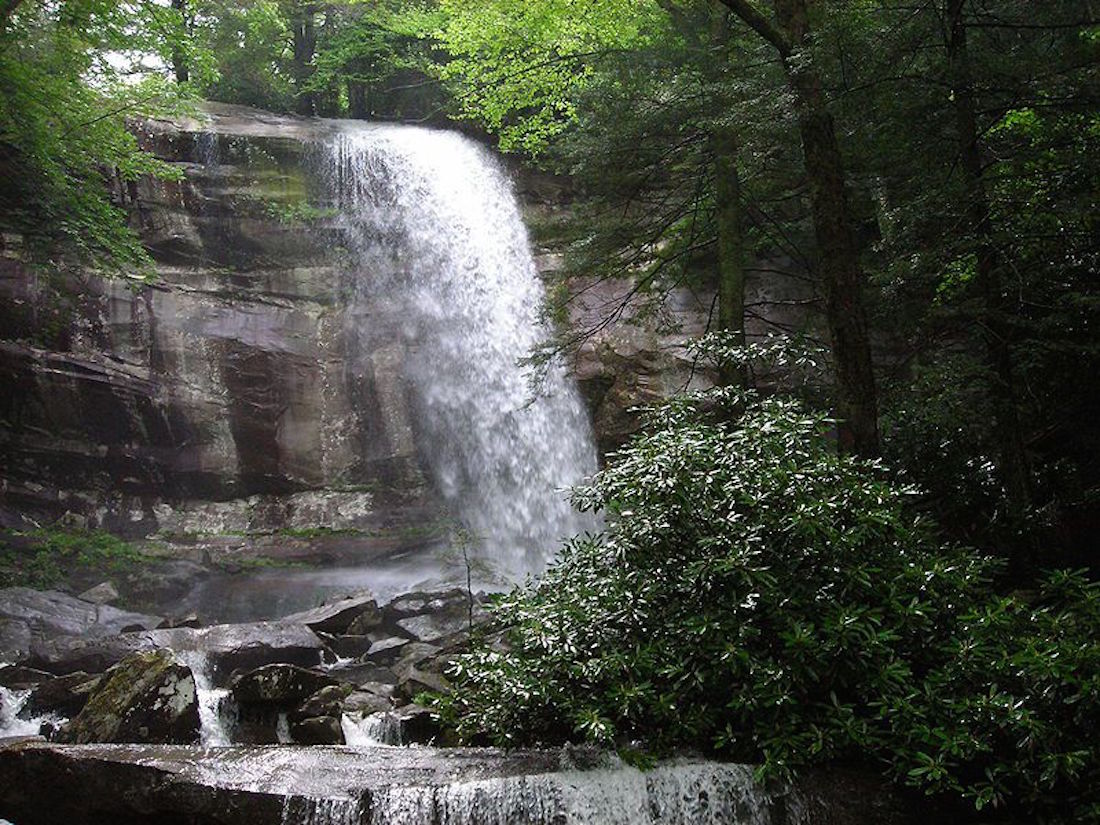WASHINGTON — With this year’s 100th anniversary of the National Parks Service likely to break last year’s record visitation to America’s national parks, a funding fight in Congress threatens their ability to keep the parks up-to-date and safe for visitors.
According to the National Parks Service website, 305 million people visited the 409 national parks in 2015 – a record high. Great Smoky Mountain National Park is leading the way as the most visited national park. Last year, it hosted 10.7 million visitors.
“We have hit record visitation for the parks, but at the same time the staff and budget are going down,” said Phil Francis, vice chair of the Coalition to Protect America’s Parks, an organization of over 1,200 former parks employees. “This lowers the quality of the visit and puts the public at more risk because we have fewer rangers taking care of visitors.”
In addition, the National Park Service has a backlog of maintenance issues that has reached almost $12 billion, according to the National Parks and Conservation Association.
Great Smoky Mountain National Park needs $232.3 million in repairs, with $175 million of that total directed to road repairs.
“Our roadways take a big beating because of use and our elevation gradient. One of our main roadways passes through the highest elevation of the park and takes an exorbitant amount of maintenance to keep it up each year,” said Smokies spokeswoman Dana Soehn. “Visitors start to see those degradations, and we really need to do a full fix before it gets too bad, and that’s where we need these funds on this deferred maintenance.”
The price tag to fix the maintenance backlog may seem high, but Soehn noted that the Smokies delivers a large economic boost to surrounding communities. Last year, the park generated more than $874 million and 13,700 jobs in its gateway communities of Tennessee and North Carolina.
“When the Smokies was formed in 1934, the park thoughtfully decided not to include lodging and restaurants and attractions inside the parks so that our local communities would be able to thrive and have growing business opportunities when people would visit the parks,” Soehn said.
The National Park Service budget request, part of the larger Interior Department proposal, is $3.11 billion for fiscal 2017, a $250.2 million increase over this year’s budget.
However, it seems unlikely that Congress will agree on a new budget before the current one expires Sept. 30.
Before leaving in mid-July for its summer recess, the House passed a bill that would provide $2.9 billion for the National Parks Service, a slight increase over last year. But Republicans loaded it with amendments guaranteed to anger Democrats and force a veto by President Barack Obama.
“The House has passed a budget that contains ‘poison pills.’ For example, it said no money shall be spent on clean air, clean water, new park areas, etc.” Francis said. “The authors of those riders knew that it would be unacceptable to the president and he would not approve a budget with those riders.”
The House bill was part of a funding package for the Department of the Interior. The Senate didn’t take up their version of the Interior Department appropriations bill before it, too, left town for the summer.
Molly Reynolds, a governance studies fellow at the Brookings Institution, said there is only a slim chance that Congress will okay a new budget when lawmakers return in September because of the “very short window before they recess again for the election.”
“Congress left for its summer recess without completing final action on any appropriations bills. It’s very unlikely that Congress will complete final action on all of the spending bills in that window, especially those—like the Interior measure—where only one chamber passed a version before the recess,” Reynolds said. “In addition, President (Barack) Obama has issued a veto threat on the Interior appropriations, in part because of riders involving regulations on clean water, emissions, and mining.”
If a new budget is not agreed upon before Oct. 1, Congress likely would pass a stopgap measure to continue NPS and other agencies’ funding at current levels. That would be a better outcome for the parks than passage of the House bill, said Ani Kame’enui, director of legislation and policy at the National Parks Conservation Association.
“We were disappointed to say the least. The bill was riddled with harmful policy riders … so, for the first time, NPCA came out recommending members vote against the bill despite it having increased funding for National Park Service,” Kame’enui said.
When accounting for inflation, the NPS budget has declined by nearly $100 million since 2010, according to Francis.
“NPS is one-fifteenth of 1 percent of the total federal budget, worse than when (Ronald) Reagan was president when it was one-eighth of 1 percent,” he said.
Kame’enui fears an antipathy to protecting public lands may be growing in Congress.
“It seems that there are some very vocal and persistent champions of an anti-environmental and anti-Obama agenda,” she said. “I wouldn’t dare to speak for all the parties involved in what seems to be an opposition to public lands, but it certainly seems like there are consistent themes within Congress to undermine public lands protection.”

